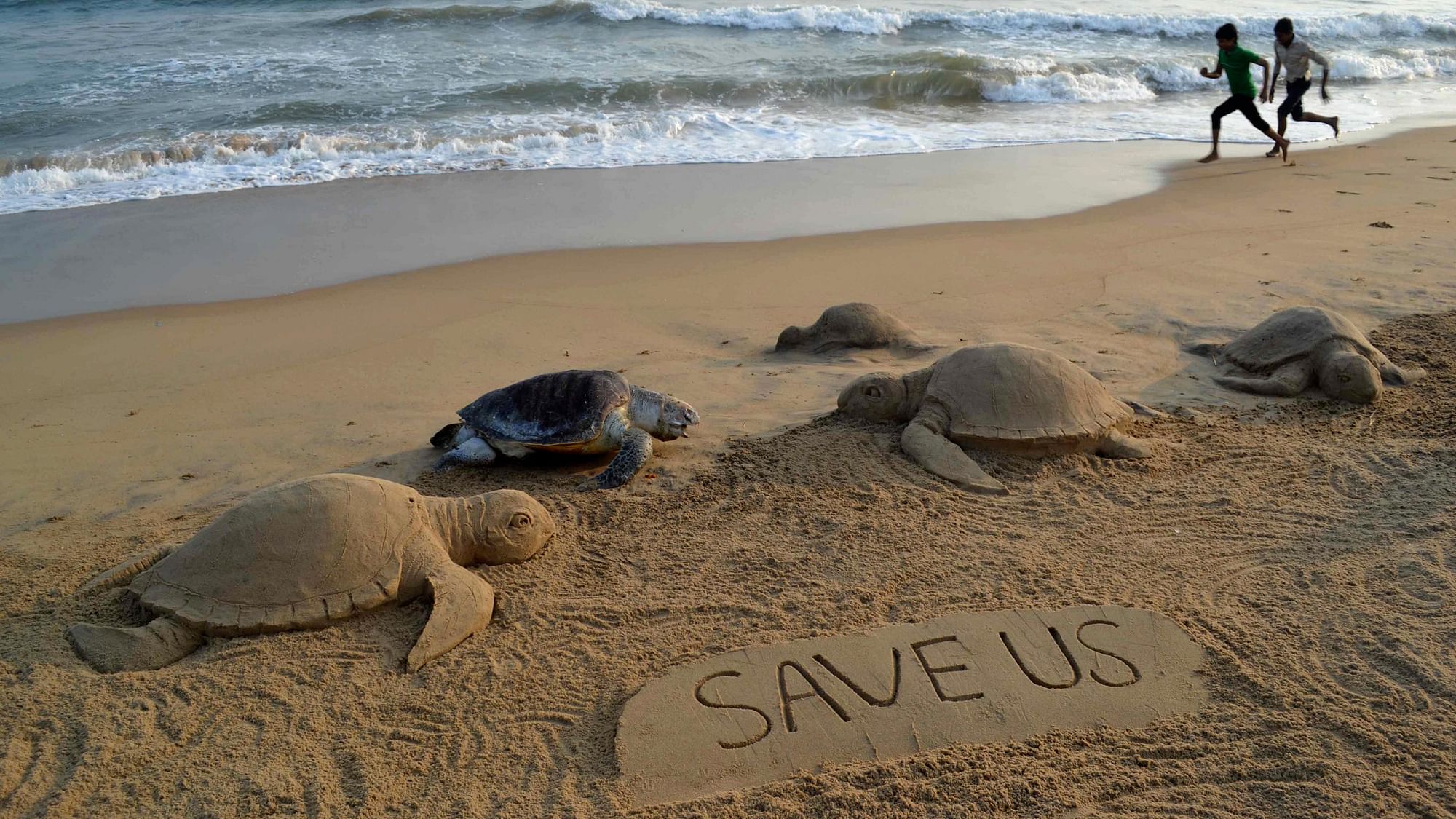Writing in Red: India’s Endangered Species #WorldBiodiversityDay
A constant increase in India’s threatened species raises serious questions over our conservation strategies.

Bengal Tigers. Asiatic Lions. Great Indian Bustards. Indian Vultures. The Himalayan Pheasant. Indian Pangolins. Olive Ridley Turtles. Black-necked cranes. Gharials. Red pandas. Sarus Cranes. Blackbucks. Ganges River Dolphins. Hoolock Gibbons. Lion-Tailed Macaques.
The roll call of India’s threatened species just gets longer by the day. On #WorldBiodiversityDay , we take a look at India’s conservation situation.
A sustainable future cannot be achieved without conserving biological diversity—animal and plant species, their habitats and their genes—not only for nature itself, but also for all 7 billion people who depend on it.
– Julia Marton-Lefèvre, Director General of IUCN
Writing in Red? Isn’t That a Bit Dramatic?
Frankly, no. If anything, there is a very real risk of understating a very disturbing situation! The latest Red List data released by the International Union for the Conservation of Nature (IUCN) ranks India as having the 7th highest number of threatened species and the 3rd highest number of threatened mammals. Our conservation efforts simply aren’t working - several listed species are worse off than before.
As a global biodiversity hotspot, India’s progress on conservation is incredibly important. After all, we possess 8% of the world’s total biodiversity on just 2% of the land!
Why are Things This Bad?
There are many reasons for this - unsurprisingly, most of them are due to human actions. Habitat destruction, inadequate environmental impact assessments, climate change and poaching have all had an impact. Most species are sensitive to change and simply cannot survive once their habitat has been destroyed. Others come into increasing conflict with humans once their natural habitats shrink. The end result is the same - numbers first drop sharply and then disappear for good.
Why Should We Care?
Protecting biodiversity is in our own interest - it gives us valuable ecosystem, economic, aesthetic and medicinal benefits which are impossible to recover once lost. For example, new plant species discovered over the past few months in India could have valuable uses in areas as different as bio-fuels and cancer medication. However, it’s likely that these plants will be listed as endangered by IUCN.
Where Do We Go From Here?
As India’s performance on the Red List shows, a long hard road lies ahead of us in the race to protect nature’s gifts. Yet, there are some positive stories from India too. The rebound in tiger numbers and the award of the Green Oscar to Ananda Kumar for his work in reducing man-animal conflict are just two recent examples. Conservation successes are possible but all sections of society and government need to work together. From raising awareness to implementation, there’s a role for everyone.
(Shalini Iyengar is a lawyer and researcher working in India)
(At The Quint, we are answerable only to our audience. Play an active role in shaping our journalism by becoming a member. Because the truth is worth it.)